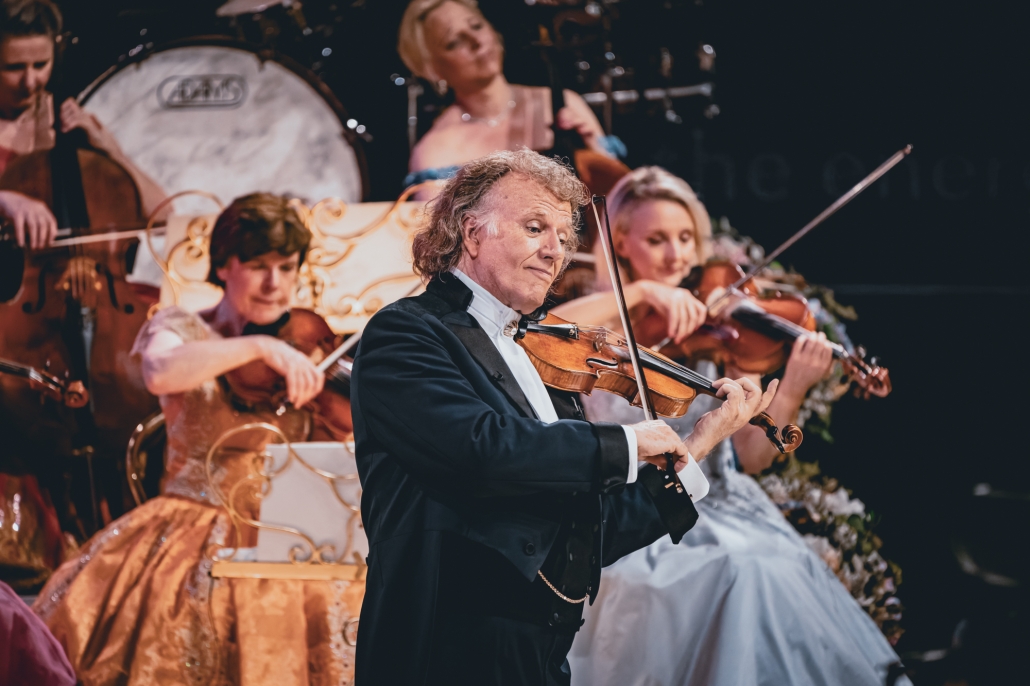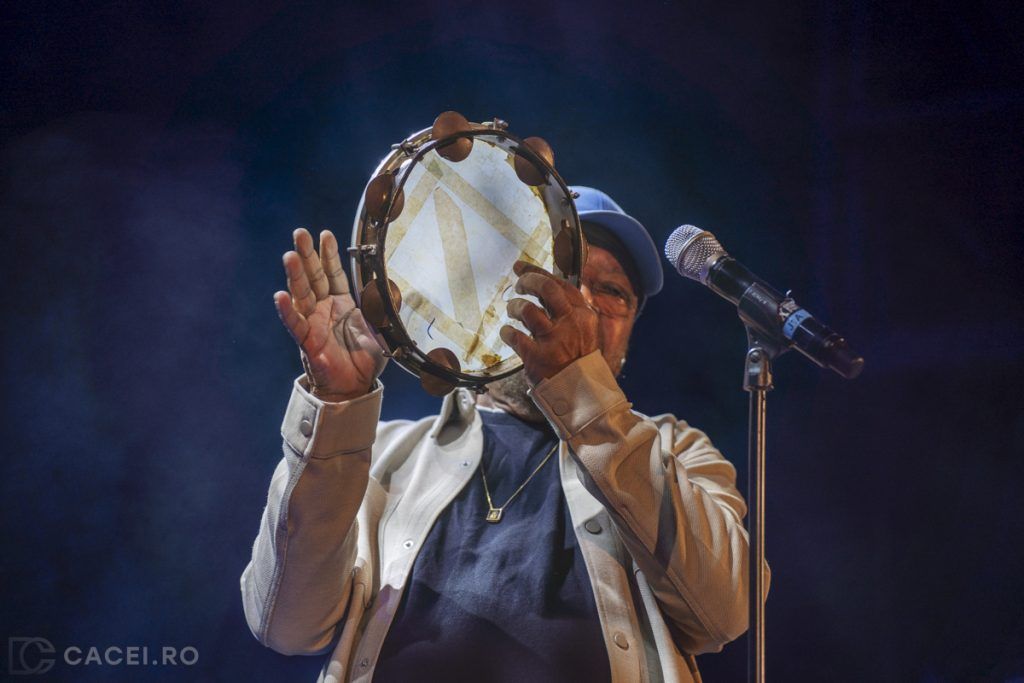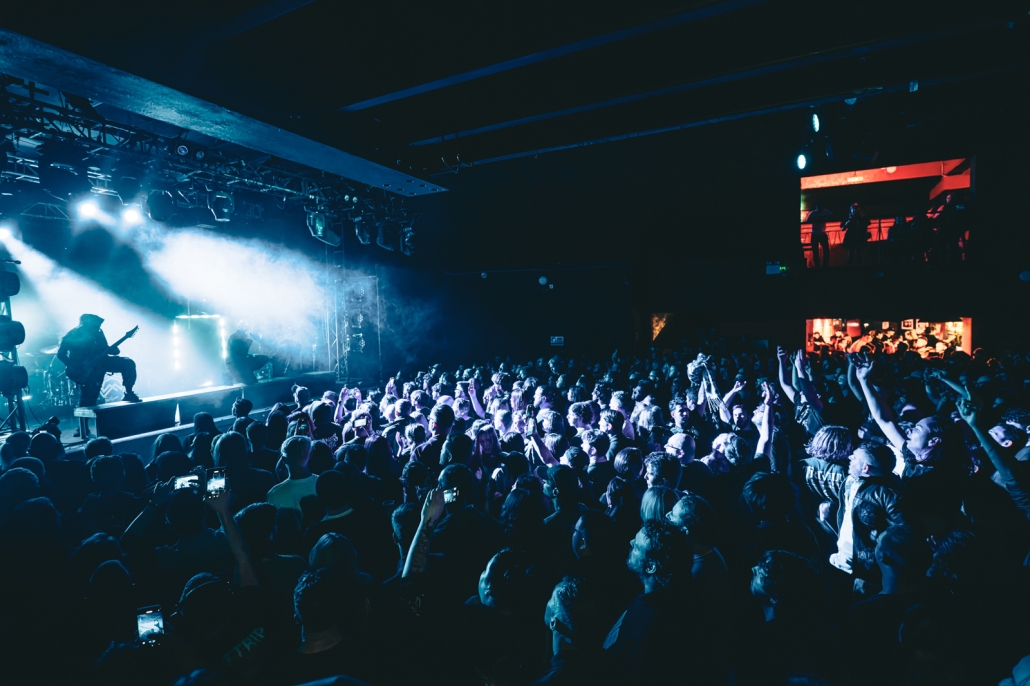How to Photograph Different Music Genres: A London Photographer’s Guide
As a seasoned London music photographer, I’ve had the privilege of capturing a spectrum of musical genres—from the t metal concerts to classical performances. Each genre presents its own unique atmosphere, challenges, and opportunities for creative expression. Adapting to these differences is not just about tweaking camera settings; it’s about understanding the essence of the music and conveying it through your lens.
Embracing a Diverse Musical Landscape
Growing up, I always felt part of the metal and rock community. Photographing metal concerts came naturally to me. But my journey didn’t stop there. I had the opportunity to photograph legends like Martinho da Vila (Samba), André Rieu (Classical Music), and Sara Correia (Fado). Each of these artists holds significant personal value in my life and stands as a titan in their respective genres.
Understanding the Essence of Each Genre
Below are some examples I noticed when shooting those different genres. This can be applied to any genre, try to find the essence behind it and focus on your approach based on that.
Metal: Capturing Chaos
- Movement and Speed: Metal concerts are a whirlwind of movement. Musicians and fans alike are constantly in motion.
- Technical Approach:
- Fast Shutter Speeds: Essential to freeze rapid movements.
- Dynamic Angles: Low-angle shots can emphasize the power and intensity on stage.
- Emotional Conveyance: Focus on the adrenaline and passion pouring out from both performers and the crowd.

Classical Music and Fado: Emotion and Timelessness
- Stillness and Subtlety: Performers often remain relatively stationary, with emotion conveyed through facial expressions and music.
- Technical Approach:
- Longer Exposure Times: Can capture the subtle movements of a conductor’s baton or a musician’s bow.
- Focus on Details: Close-ups of hands-on instruments or intense facial expressions.
- Emotional Conveyance: Aim to reflect the depth and nuance of the performance, the moments of silence between notes.

Samba: Joy and Rhythm
- Vibrancy and Fun: Samba is all about rhythm, dance, and vibrant colours.
- Technical Approach:
- Burst Mode Shooting: To capture fast-paced dances and movements.
- Bright Apertures: Emphasize the vivid costumes and lively atmosphere.
- Emotional Conveyance: Highlight the joy, the smiles, and the communal celebration inherent in samba performances.

Adapting Your Style While Maintaining Consistency
While each genre demands its approach, I strive to maintain a consistent photographic style—a signature that makes my work identifiable regardless of the genre. This involves:
- Consistent Editing: Applying similar colour grading or contrast levels to create a cohesive portfolio.
- Personal Touches: Whether it’s a preference for certain compositions or a focus on capturing candid moments.
Navigating Technical Challenges
- Lighting Variations: Different genres and venues have varying lighting setups.
- Metal: Often features strobe lights, and rapid color changes.
- Classical: Typically has steady, softer lighting.
- Samba: May have bright, colourful spotlights.
- Stage Layouts: Adapting to different stage setups and sizes.
- Movement Patterns: Anticipating the movements of performers based on the genre.
The Role of London in Shaping Opportunities
London’s diverse music scene is a melting pot of genres and cultures. This city offers:
- Variety of Venues: From intimate clubs to grand concert halls.
- Cultural Festivals: Opportunities to explore international music genres.
- Networking: Connecting with artists across different genres opens doors to new projects.
Advice for Aspiring Photographers
- Push Your Boundaries: Don’t limit yourself to familiar genres. Stepping into new musical territories can enhance your skills and open unexpected opportunities.
- Adaptability is Key: Be prepared to adjust your techniques to suit different performances.
- Continuous Learning: Each genre has its learning curve. Embrace the challenges as a path to growth.
- Engage with the Music: Understanding the music helps in anticipating moments worth capturing.
Final Thoughts
Adapting your photography to different music genres enriches not only your portfolio but also your perspective as an artist. It’s about more than just capturing images; it’s about telling the story of the music, the performers, and the emotions they evoke. By embracing the diversity of music, you become a more versatile and insightful photographer.



